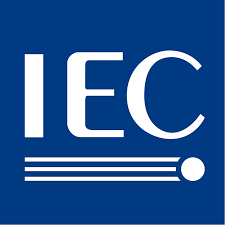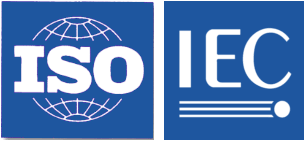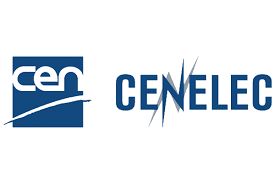Asset Administration Shell for Industrial Applications – Part 2: Information meta model. 65/915/NP. 2022-07. 2022-07.
This document defines an information meta model for the Asset Administration Shell. This information meta model will enable the access of information describing an asset.
This document focusses on Asset Administration Shells representing assets of manufacturing enterprises including produced products.
The Asset Administration Shell covers the entire life cycle of assets from conception to disposal.
This document focuses on the access of information of an Asset Administration Shell and its Submodels including SubmodelElements among two or more AAS user applications, potentially between different organizations including enterprises.
It defines an information meta model, including references and handling of identifiers, in an unambiguous way which is neutral to specific technologies or implementations.
The reference mechanisms will allow referencing entries (entities) in dictionaries and ontologies as well as asset related services.
The information meta model allows the association of asset services and asset related services to dedicated SubmodelElements.
This document does not describe, how implementation will implement the storage (persistence) or optimized retrieval of information.
This document does not describe technical interfaces (services) of the Administration Shell or other systems to exchange information, nor protocols or interaction patterns.
However, it is expected, that the principles of these technical interfaces (services), protocols or interaction patterns will follow the information meta-model of this document.
This document will allow to create data mappings to suitable technologies to be used in life cycle phases of an asset: XML, JSON, RDF, AutomationML (IEC 62714) and OPC UA (IEC 62541).
This document will define the information meta-model entities, which are to be mapped to suitable technologies.
This document does not describe individual data mappings.
This document does not describe, how Submodel templates guide the creation of Submodels.


